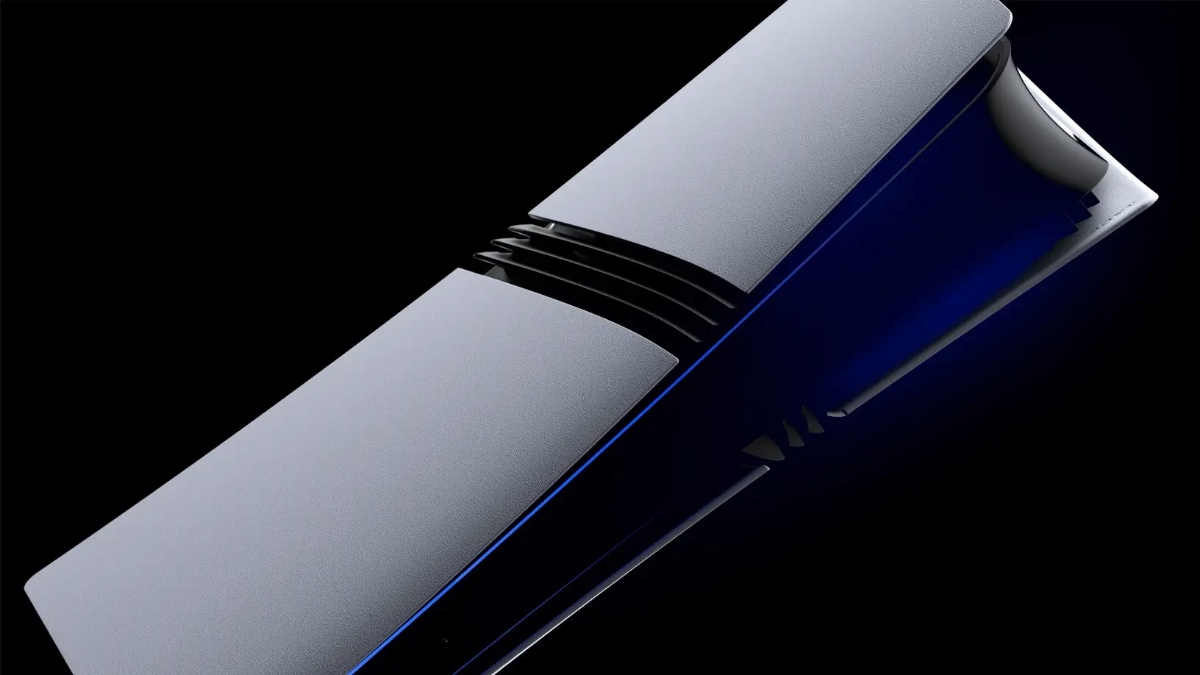Sony revealed the PlayStation 5 Pro, the upgraded version of its current-gen console, in September. In a technical presentation, Mark Cerny, lead architect of the PS5, gave an overview of the PS5 Pro's features. Cerny has now gone in-depth into the technical aspects of the console in a new deep-dive video, detailing the PS5 Pro's advanced ray tracing features, the new AI-driven upscaling technique and more. Cerny and Sony have also revealed a collaboration with AMD on Machine Learning-based technology for improved graphics and gameplay.
PS5 Pro Technical Deep-Dive
At a seminar at Sony Interactive Entertainment HQ, Cerny gave a “bits and bytes” talk on the PS5 Pro, diving into the technical details that went into Sony's newest console. In a near 40-minute presentation, shared on YouTube Wednesday, Cerny detailed the “tightly focussed” approach to upgrades for a mid-generation Pro variant that prioritizes keeping the work needed from game developers to an absolute minimum, while bringing improvements that feel significant. to gamers.
Cerny revealed that the ideation for the PS5 Pro began in 2020, the same year that the standard PS5 launched. The upgraded console, which launched November 7 in select markets, comes with three headline performance features — an upgraded GPU, upgraded ray tracing hardware, and a new AI-based upscaling technology, dubbed PlayStation Spectral Super Resolution (PSSR).
Cerny detailed the technical aspects of the larger GPU on the PS5 Pro. The base PS5 runs on RDNA 2 GPU, which comes with 18 sub-units, called Work Group Processors (WGPs). The PS5 Pro's “hybrid” RDNA GPU, on the other hand, comes with 30 WGPs. In the video, Cerny explained the technology behind the 16.7 teraflops “hybrid” RDNA GPU on the PS5 Pro, that combines multiple generations of RDNA technology.
“The base technology for PS5 Pro is somewhere between RDNA 2 and RDNA 3. I'm calling it RDNA 2.x,” Cerny said. According to him, that choice makes it easier for developers to port their games to the PS5 Pro.
“Ray tracing uses what I'm calling Future RDNA technology. It's roadmap RDNA that's well past the feature set today. It's showing up here first,” Cerny said. “And machine learning is custom, or to be more specific, it's custom enhancements to RDNA,” he added.
According to Cerny, the PS5 Pro required faster and more memory to support its larger GPU. The upgraded console's system memory has a bandwidth of 576Gbps — 28 percent faster than the base PS5's 448Gbps. The PS5 Pro also has over 1GB more memory available to games, which is utilized to integrate PSSR, adding ray tracing, and increasing rendering resolution of games. To achieve this, the PS5 Pro comes with a separate slower DDR5 RAM dedicated to the operating system, thus freeing up faster memory for games.
Cerny also elaborated on the PS5 Pro's “RDNA 2.x” graphics. The middle-of-the-road upgrade brings a number of features from RDNA 3 technology, while keeping things that would cause complications at bay. He further detailed the technical aspects of improvements to ray tracing and machine learning technology packed in the PS5 Pro.
Finally, Cerny announced the beginning of Sony's deeper collaboration with AMD, codenamed Amethyst, with a focus on future hardware architectures for Machine Learning.


